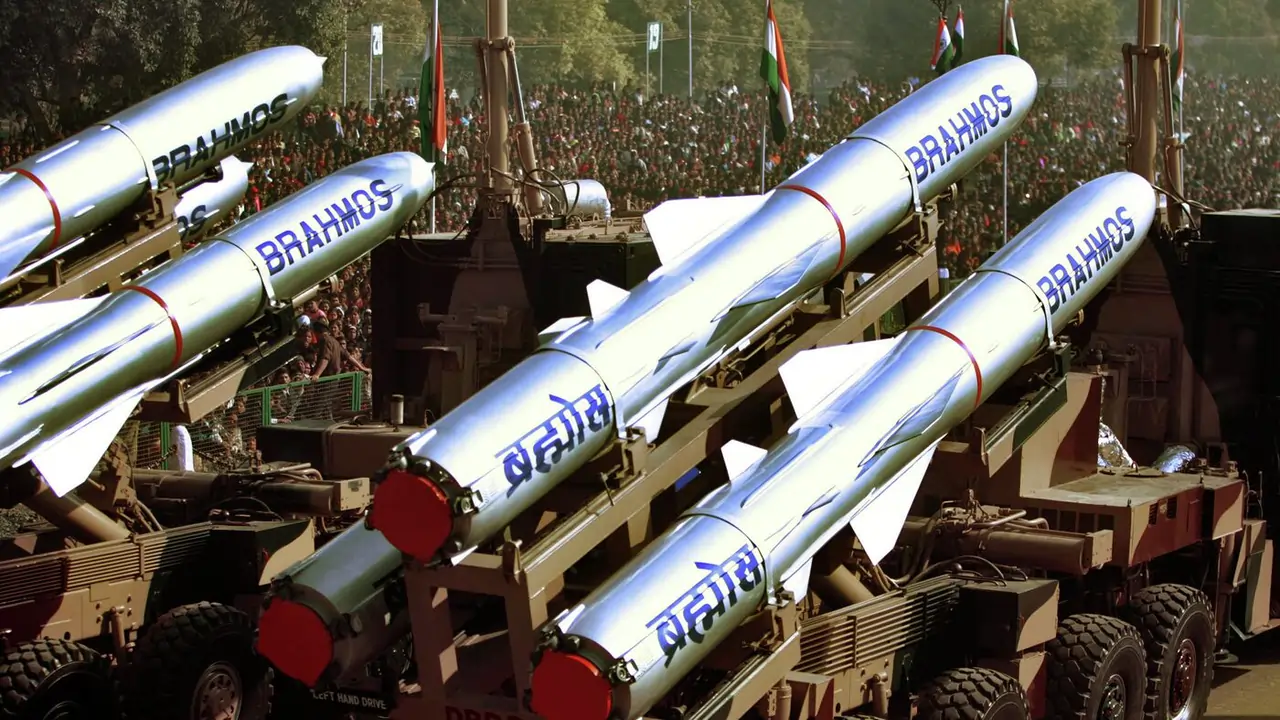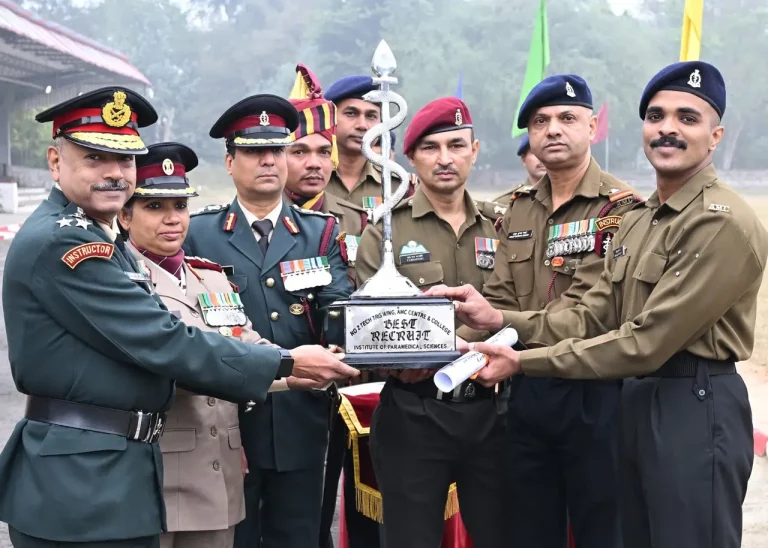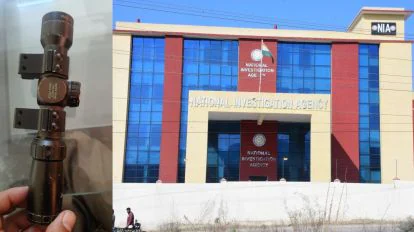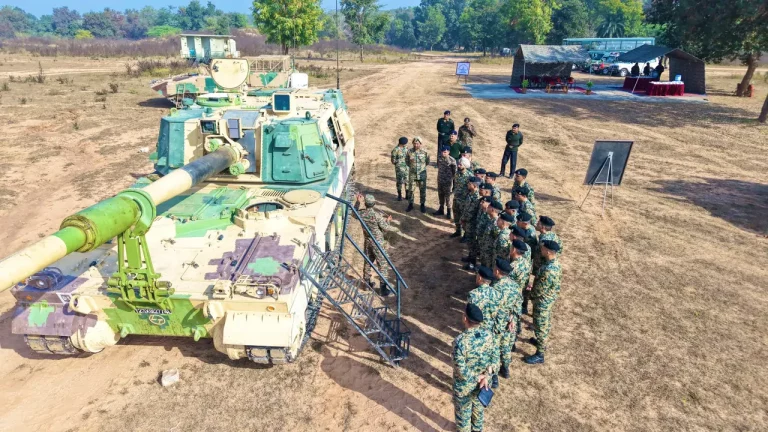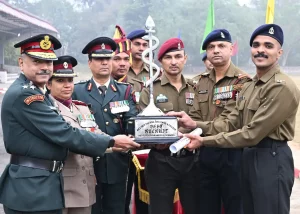In a significant advancement for its military capabilities, India has successfully tested an extended-range version of the BrahMos supersonic cruise missile, which now boasts a striking range of up to 800 kilometers. This development is poised to dramatically reshape the strategic landscape in South Asia, highlighting India’s ongoing efforts to bolster its conventional strike power. The capability to neutralize threats deep within enemy territory sends a resolute message to potential adversaries regarding India’s defensive and offensive capabilities.
The Defence Research and Development Organisation (DRDO) confirmed that ongoing trials are aimed at ensuring operational readiness by the end of 2027. Once fully deployed, the extended-range BrahMos will enhance the Indian Armed Forces’ flexibility, with the missile being adaptable for launch from ground, air, and naval platforms. This versatility ensures India can conduct precision strikes from multiple locations, significantly increasing its operational effectiveness.
The upgraded BrahMos essentially increases India’s operational reach nearly threefold, encompassing almost all strategic targets in Pakistan—including military headquarters, terrorist camps, and naval installations—within its range. Analysts observe that this enhancement notably reduces the reaction time of enemy defenses, thereby elevating India’s deterrence and rapid-strike potential significantly.
The BrahMos missile has already proven its combat effectiveness, most notably during Operation Sindoor in May 2025. Following a terror attack in Pahalgam, the Indian Air Force successfully deployed BrahMos missiles from Sukhoi-30MKI fighters to target and destroy nine terrorist camps situated deep within Pakistan and Pakistan-occupied Kashmir. The operation resulted in the neutralization of over 100 militants and the destruction of critical infrastructure used by groups such as Jaish-e-Mohammed and Lashkar-e-Taiba. Defence Minister Rajnath Singh highlighted the missile’s “pinpoint accuracy,” affirming its pivotal role in transforming India’s strategic capabilities.
Traveling at speeds between Mach 2.8 and 3.0, the BrahMos missile is nearly three times the speed of sound, leaving adversaries with little to no time for response. Military experts emphasize that by the time enemy radar detects a BrahMos missile launch, the strike is typically already executed, thus positioning it as a formidable asset in contemporary warfare.
During Operation Sindoor, attempts by Pakistan to counter India’s capabilities utilizing Chinese-origin J-10 fighters equipped with PL-15 beyond-visual-range missiles were thwarted, showcasing the superiority of Indian tactics and indigenous technology over foreign systems. This incident reinforces the efficacy of India’s homegrown defense solutions.
With the successful testing of the 800-km BrahMos, India has effectively established itself as a leader in precision conventional strike capabilities, sending a robust message to adversaries while bolstering its strategic deterrence posture.
